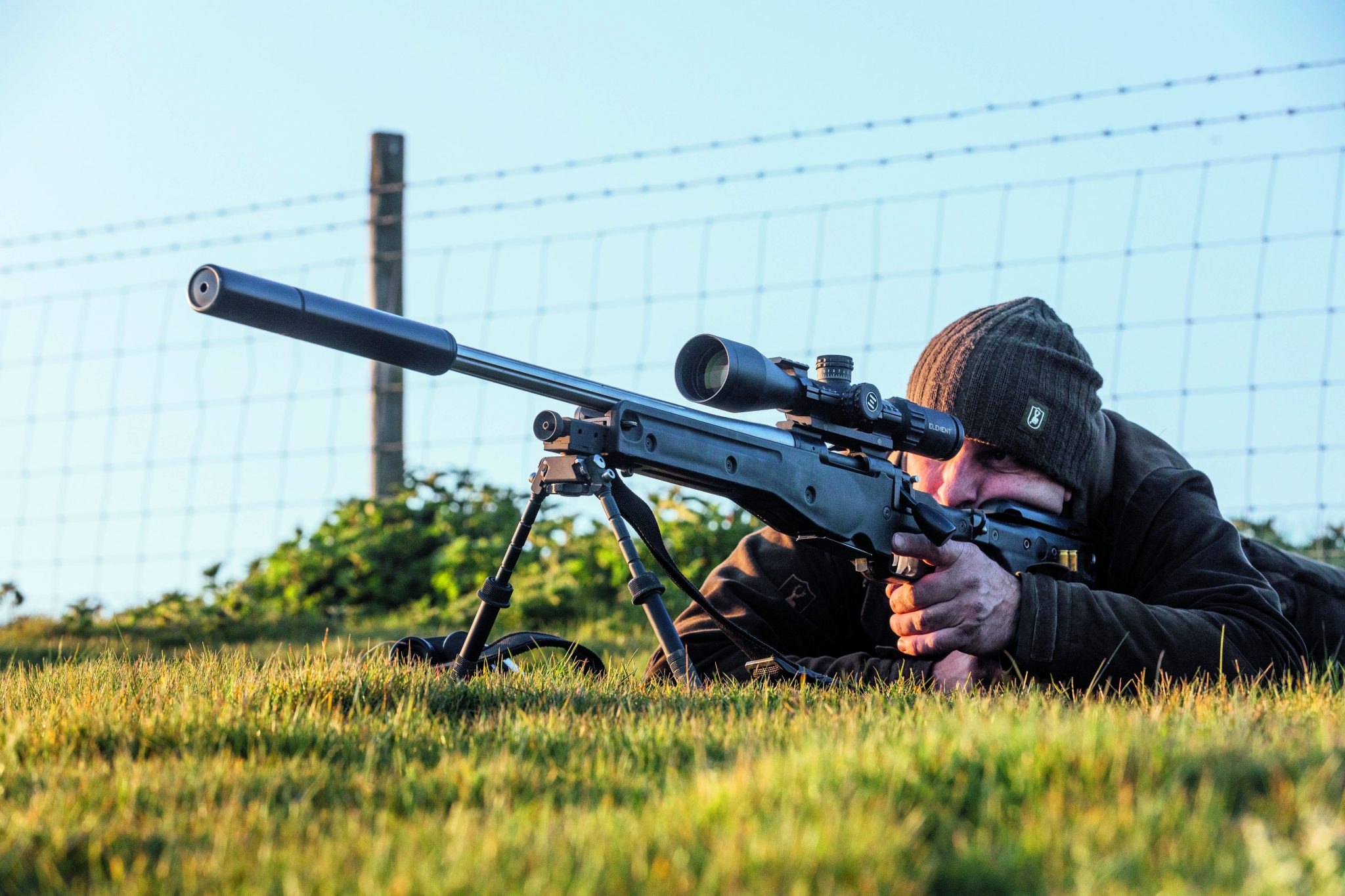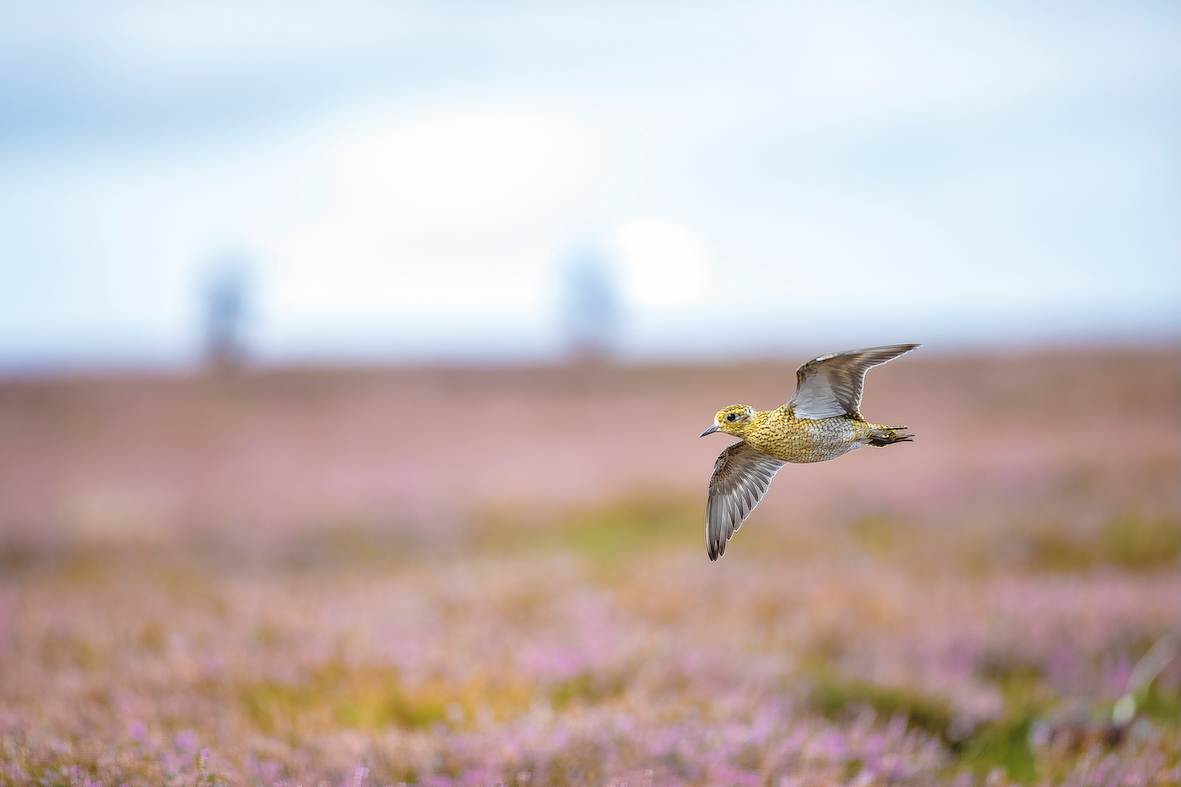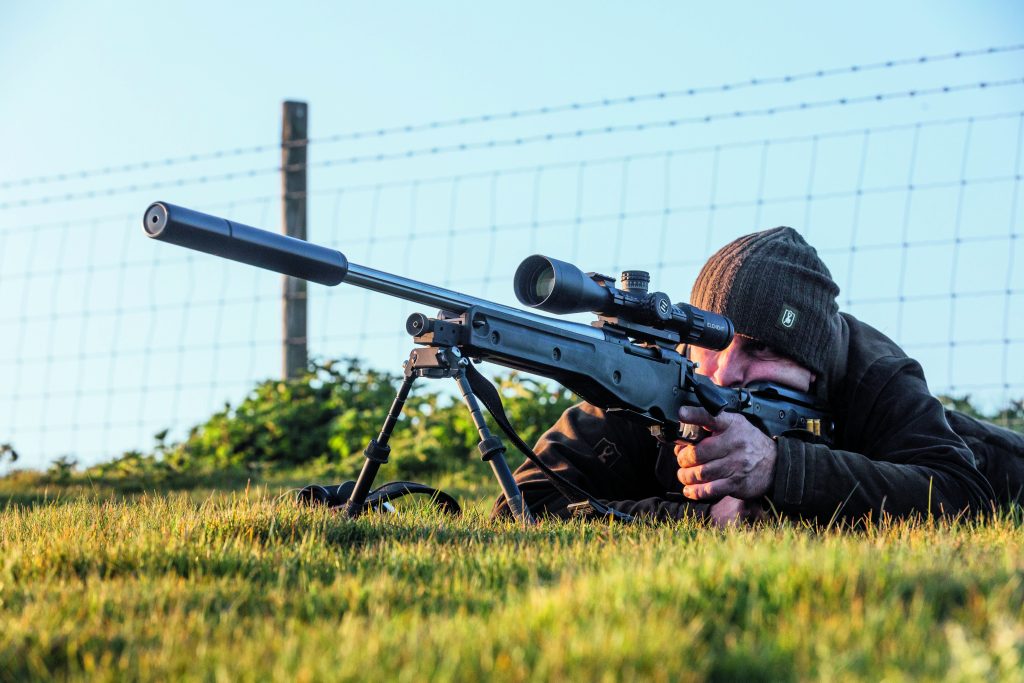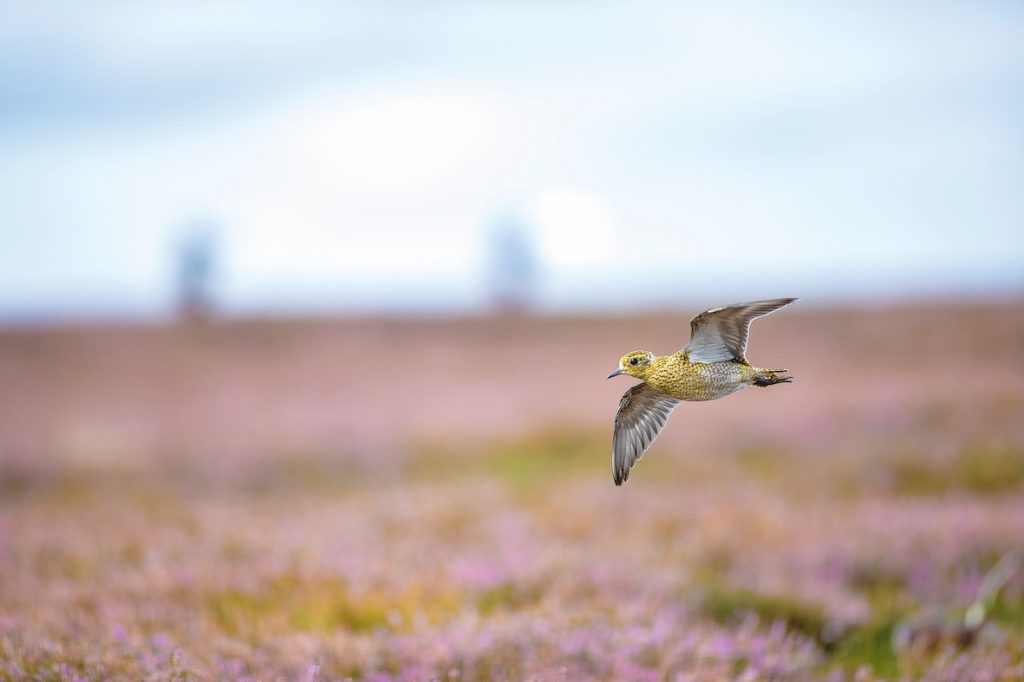News
Capercaillie faces extinction
Would you like to speak to our readers? We offer sponsored articles and advertising to put you in front of our audience. Find out more.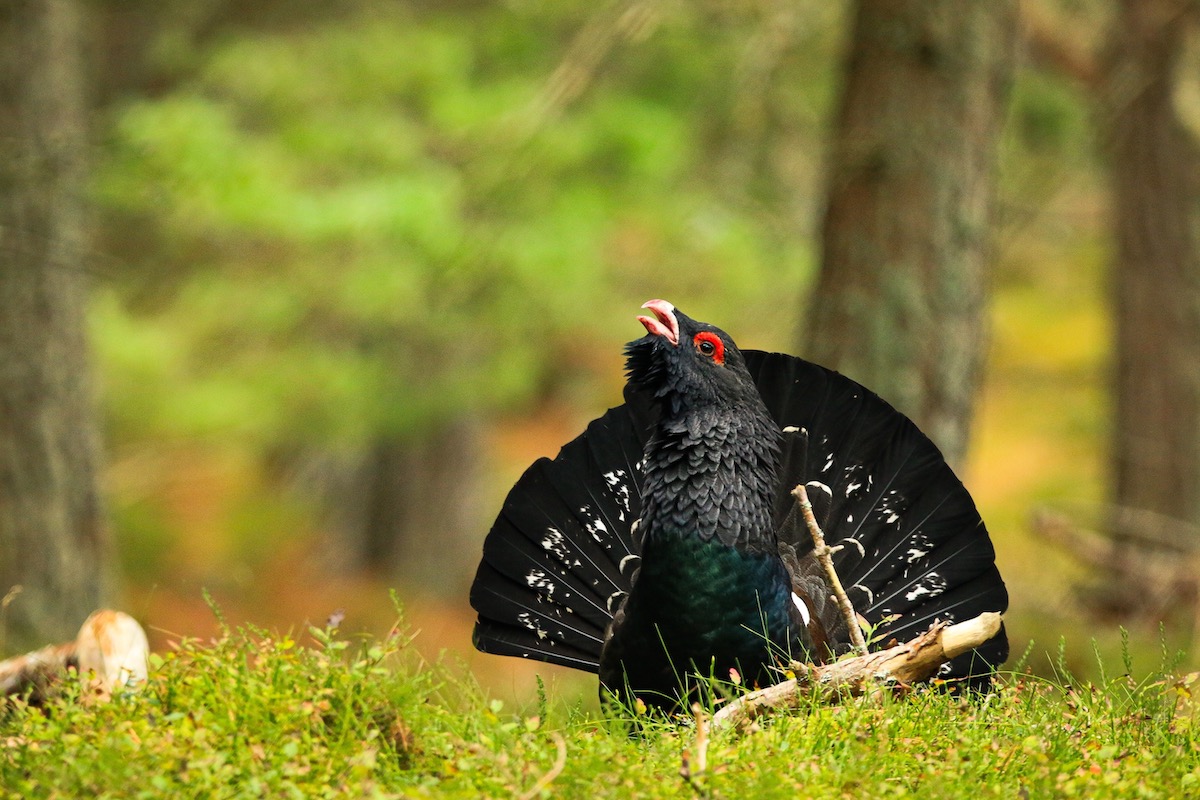
A 10-year-long study by the Game and Wildlife Conservation Trust (GWCT) gives a depressing picture of the capercaillie’s future. Numbers in Scotland have nearly halved in the past decade, with as few as 304 birds remaining in 2020, compared to 580 in 2010, despite efforts to help them.
The capercaillie is the largest grouse in the world and was once widespread across Scotland. It became extinct there in the 1780s but was reintroduced in the 1830s. Now it is only found in old pine forests, primarily in the Cairngorms National Park.
Capercaillie are now red-listed and protected in the UK.
Dr David Baines, Head of Uplands Research at GWCT, said: “Declines are associated with a reduction in breeding success, which varies annually in relation to poor weather in June when chicks are growing and increased signs of predators such as pine marten in recent decades.
“This has happened despite efforts by land managers to improve habitat, and legally control foxes and crows.
“To reverse the trend and save the capercaillie from once again dying out in Scotland, we need to take urgent action and conservation measures must be stepped up, including legal predator control, reducing predation risk by pine marten and further reducing the risk of bird collisions with deer fences.”
Deer fences cause deaths
Deer fences, designed to keep deer out of regenerating woodlands, can both injure and kill capercaillie when they fly into them. GWCT research has shown that when these fences are marked, bird collisions can be reduced. Despite this knowledge, many fences dangerous to capercaillie and black grouse remain. and of these many are unmarked.
Dr Baines said: “Fence removal must be an immediate and high priority to help save the capercaillie.”
Brood monitoring
Dr Baines continued: “Given the importance of low breeding success in the current decline and the variety of changing factors that influence annual success, the Trust firmly recommends that the previously comprehensive programme of brood monitoring should be restored to provide more robust estimates of productivity.”
Related articles
News
A sound decision as moderators to be taken off licences
The Government has finally confirmed what the shooting community has long argued – that sound moderators should be removed from firearms licensing controls
By Time Well Spent
Gamekeeping news
News
Devastating effects of keepers downing tools
A 20-year experiment highlights the dramatic decline in our red-listed birds after predator control ends, proving the vital role of gamekeepers
By Time Well Spent
Manage Consent
To provide the best experiences, we use technologies like cookies to store and/or access device information. Consenting to these technologies will allow us to process data such as browsing behavior or unique IDs on this site. Not consenting or withdrawing consent, may adversely affect certain features and functions.
Functional Always active
The technical storage or access is strictly necessary for the legitimate purpose of enabling the use of a specific service explicitly requested by the subscriber or user, or for the sole purpose of carrying out the transmission of a communication over an electronic communications network.
Preferences
The technical storage or access is necessary for the legitimate purpose of storing preferences that are not requested by the subscriber or user.
Statistics
The technical storage or access that is used exclusively for statistical purposes.
The technical storage or access that is used exclusively for anonymous statistical purposes. Without a subpoena, voluntary compliance on the part of your Internet Service Provider, or additional records from a third party, information stored or retrieved for this purpose alone cannot usually be used to identify you.
Marketing
The technical storage or access is required to create user profiles to send advertising, or to track the user on a website or across several websites for similar marketing purposes.


